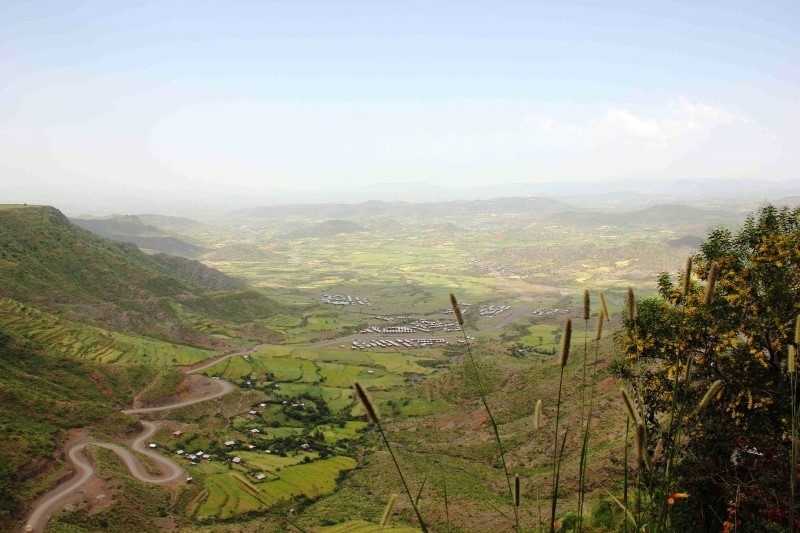On Christmas, an Indian atheist’s prayer for the people of strife-torn Lalibela in Ethiopia
In a land which was among the first to adopt Christianity, an ethnic war tears apart lives and troops occupy ancient churches.
This Christmas, my thoughts are with the people of Lalibela in Ethiopia, especially Adane Tadesse. I met Tadesse in September 2018 and have been in touch with him ever since. The flight from Addis Ababa takes barely an hour in a propeller plane. Tadesse was there to drive us from the airport to Lalibela, a small town at an elevation of a little more than 8,000 feet.
The road passes by fields of wheat and barley and a grain we do not recognise. Tadesse stops the car so we can take a close look at the teff, a gluten-free cereal and one of the earliest plants domesticated. It is from teff that injera – a flatbread – is made. He also points out flowering aloe vera plants.
We were not in Lalibela for Christmas but for Meskel. Meskel means ‘cross’ in Amharic and the festival commemorates the discovery by Empress Helena, mother of Constantine the Great, of the cross upon which Jesus Christ was crucified. It is in Lalibela that I hoped to see a glimpse of Christianity as it was practiced before it became associated with colonialism. The Ethiopian Orthodox Tewahedo Church is one of the few Christian churches in sub-Saharan Africa originating before the European colonisation of the continent: before religion was used as a weapon for imperialism.

Ethiopia was one of the earliest nations to adopt Christianity – in the first half of the fourth century – and its historical roots date back to the time of the Apostles. It was King Ezana of the medieval kingdom of Aksum who first adopted the faith in 330 AD. The road is not tarred and Tadesse tells us that it was being built by the Chinese and got washed away in the first rains. The angry residents destroyed equipment and a camp the construction company personnel were staying in.
The residents were also angry because the company brought its own (Chinese) employees from another construction site instead of employing local residents. This was our first glimpse into the new Cold War that was being fought in Africa and on that day when we arrived in Lalibela, we had no premonition how deadly it would become. We had come to see the 11 famous rock-hewn churches in Lalibela. Their construction is attributed to King Lalibela, who set out to build a ‘New Jerusalem’ in the 12th century after Muslim conquests halted Christian pilgrimages to the Holy Land.
King Lalibela’s real name was Gebre Meskel (1162-1221) and he was the Emperor of Ethiopia of the Zagwe dynasty. He was given the name ‘Lalibela’, meaning ‘the bees recognise his sovereignty’ in Old Agaw, due to a swarm of bees said to have surrounded him at his birth. His mother took that as a sign of his future reign as Emperor of Ethiopia. He is venerated as a saint by the Orthodox Tewahedo churches.
Tadesse told us that the best and purest honey is available in Lalibela. Later in our hotel room when we asked for tea, we got an orange-flavoured tea with honey. Tadesse was right, it was delicious.
First published in Scroll.in 1013499










